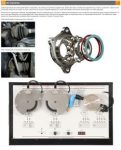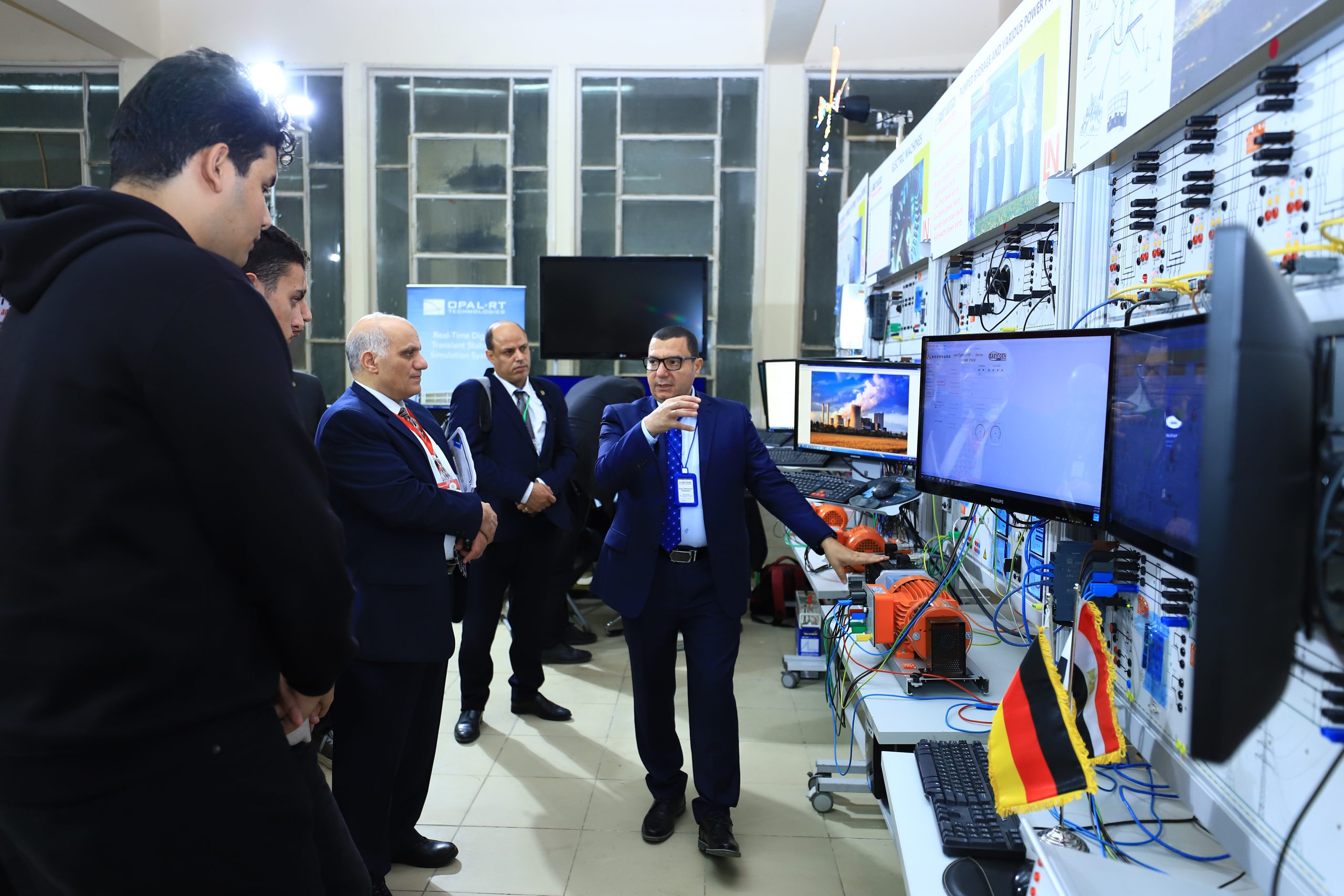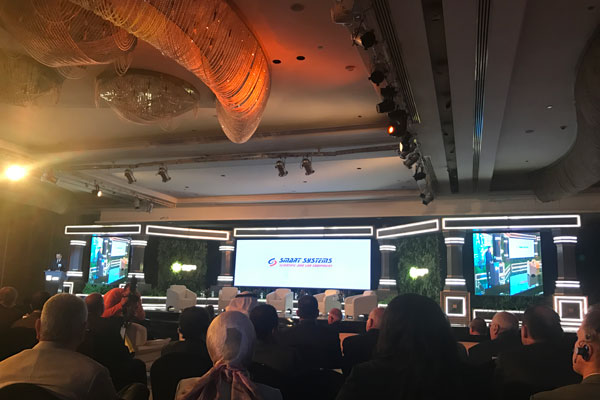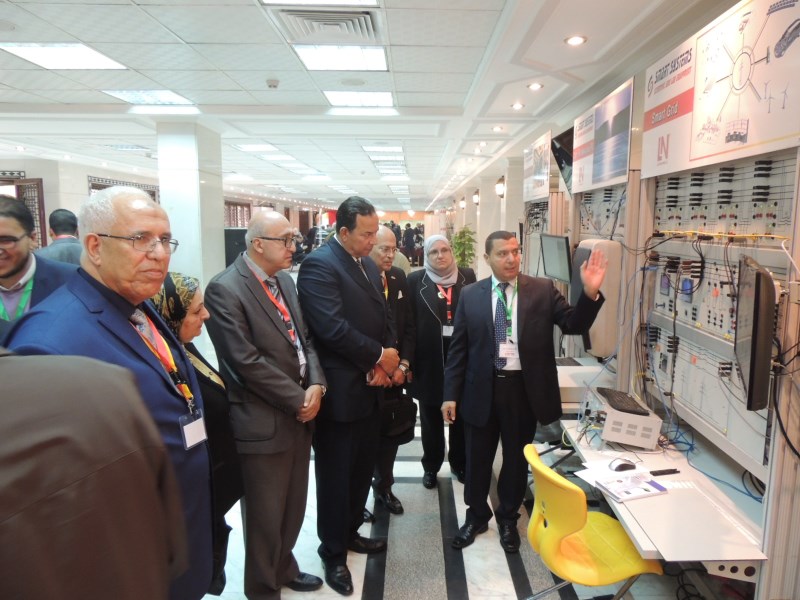COURSE AUTOMOTIVE 28: WHEEL SPEED SENSOR TECHNOLOGY

Wheel speed sensor technology
The way wheel speed signals are recorded has undergone drastic changes in recent years. The mechanical pulse generator ring has been replaced in many motor vehicles by a magnetic encoder. This has also led to totally new ways of diagnosing electrical signals and to new methods for inspecting mechanical components.
With the “wheel speed sensor technology” training system it should be possible to compare tried and trusted techniques in the form of inductive-type and Hall effect sensors directly with magneto-resistive sensors. It is also possible to carry out a mechanical inspection of the pulse generator ring and the magnetic encoder in the training system itself.
Operating voltage:
• 12-15 V DC
Mains voltage:
• 100-240 V AC, 50-60 Hz
Dimensions/weight:
• 450x275x125 mm (length x width x height)
• 3.3 kg
“Wheel speed sensor“ board
• Resistor, 22 Ω
• Resistor, 1 kΩ
• Testing card
• Long measurement leads
• Interactive training course on CD-ROM with Labsoft browser, course software and additional virtual instruments
Components of the experiment hardware:
• Three electric traction motors
• Measurement sockets for on-board network voltage
• 4 control units available for experimenting thanks to measurement sockets for input and output signal processing
• Ignition switch
• Selection switch for individual or shared drive motor operation
• Continuous speed setting
• Speed indicator
• 2 Magneto-resistive sensors
• 1 Inductive-type sensor
• 1 Hall effect sensor
• 1 Pulse generator ring
• 2 Magnetic encoders
• 2 Cover plates
• Fault simulation circuits
• Purpose and application of wheel speed sensors
• Design and function of inductive-type sensors
• Design and function of Hall effect sensors
• Design and function of magneto-resistive sensors
• Mechanical check of pulse generator ring
• Mechanical check of magnetic encoder
• Conducting measurements and diagnosis of inductive-type sensors
• Conducting measurements and diagnosis of Hall effect sensors
• Conducting measurements and diagnosis of magneto-resistive sensors
• Changing wheel bearings with magnetic encoders
• Reading and understanding circuit diagrams
• Understanding workshop orders
• Developing diagnostic strategies
• Applying a diagnostic function
o Reading out fault memory using a diagnostics unit
o Documenting troubleshooting
• Repair methods and customer consultation
o Selection of repair measures in accordance with manufacturing specs
o Working with replacement part numbers
• Repercussions of faults commonly occurring in practice
• Switching on simulated faults for practice in troubleshooting
• Course duration 10 h approx.







